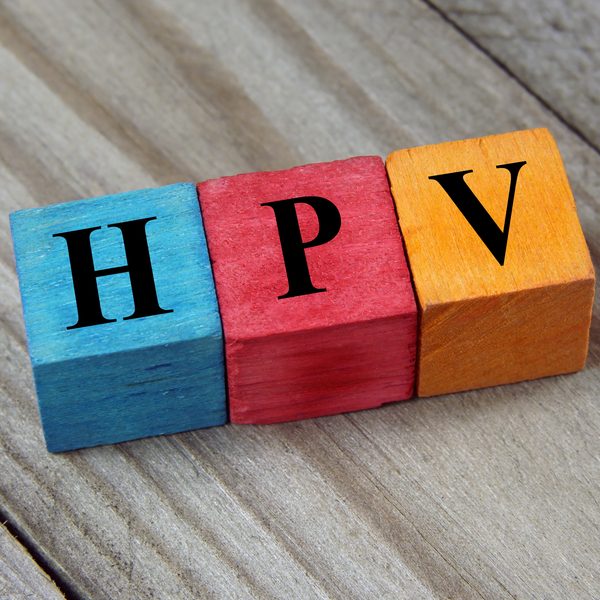
Article Discussion by Ben Rossavik, DO
Nearly all cervical and anal cancers, the majority of vaginal and penile cancers, and 70% of oropharyngeal cancers of attributable to HPV. 33,700 new diagnoses of cancer are related to HPV in the US each year. HPV vaccines have demonstrated high success in preventing cervical pre-cancers, genital and oropharyngeal cancers, and genital warts, and they are an important part of our nation’s vaccine schedule. There have been recent changes to the traditionally 3-dose vaccine schedule to a 2-dose for patients < 15 years of age, and providers should be aware of these updates and discrepancies that exist in completion of HPV vaccination.
In “HPV Vaccine Delivery Practices by Primary Care Physicians” published in last month’s issue of Pediatrics, Dr. Allison Kempe et al. assess Pediatricians’ and Family Physicians’ practice attitudes in primary care regarding a 2-dose HPV vaccine schedule before age 15. The authors administered surveys to providers in July 2018 to September 2018 and asked about practices and results of completion of HPV vaccination. The 2-dose scheduling is resulting in higher HPV completion rates, however, there is area for improvement – notably in the younger 11 to 12-year-old patient population. National guidelines allow for either 6 to 12 months gap in receiving the 2 vaccines. The 3-dose series remains for patients who initiate the series ages 15 to 26 or are immunocompromised.
The goal of the study was to address the continued suboptimal vaccination rates and recent changes to vaccination schedules by looking into current delivery, attitudes and experiences, rates of refusal/deferral of the HPV vaccine, and practice attitudes towards the 2-dose HPV vaccination schedule. The survey was administered by mail to providers of HPV vaccines July 2018 to September 2018. There was a 65% response rate overall of providers, 48% responded via the internet. For the most part, the recommendation was much stronger for older adolescents than younger ones. Speaking with younger patients and their families about the needs of the HPV vaccination can be difficult, but it should be a priority in primary care – especially in light of new recommendations. Many providers felt that there were definite barriers – such as perceived parental concerns of early vaccination or lack of parent understanding. Misinformation from social media was noted being the most frequently reported barrier.
Authors, in line with AAP recommendations, want providers to use a “presumptive” style announcement when talking about these vaccines, such as, “We’ve got 3 vaccines today: Tdap, HPV and meningococcal vaccines.” They prefer that vs. the alternative, more “conversational” style, which is more participatory. An example would be, “Are you interested in getting HPV vaccine for your child today?” A presumptive approach has been shown to be associated with higher HPV acceptance compared with a conversational approach in multiple studies.
Percentages of pediatricians strongly recommending the HPV vaccine have increased from 60% in the 2013 survey to 85% in the 2018 survey for 11- to 12-year old girls and from 52% to 83% for 11- to 12-year old boys. HPV vaccination should be something all primary care providers are comfortable discussing and initiating, but we still need to work on completion of the vaccination. It should be encouraged given its benefits, but vaccine education and counseling with families is just as important. There are still gaps in HPV completion, but, overall, we are improving. The new 2-dose HPV vaccination schedule is already showing higher rates of initiation and completion compared to the 3-dose schedule. This is encouraging, as it confers greater prevention of HPV-associated cancers in our communities.
References
1. Kempe A, O’Leary ST, Markoqitz LE, et al. HPV Vaccine Delivery Practices by Primary Care Physicians. Pediatrics 2019; 144.
2. “HPV Vaccine Schedule and Dosing.” CDC, Aug. 2019, www.cdc.gov/hpv/hcp/schedules-recommendations.html. Accessed 28 Oct. 2019.
